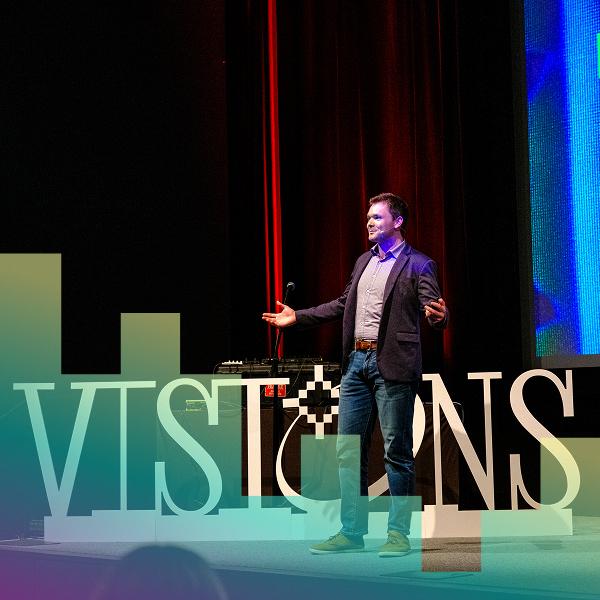
Where Ideas Become Lasting Echoes
VISIONS Summit Returns to New York City on May 28, 2026.
An immersive, participatory summit where brand, culture, and technology collide.
Want to be part of the lore? Be the first to know when tickets go live.
Thank you! Your submission has been received!
Oops! Something went wrong while submitting the form.







